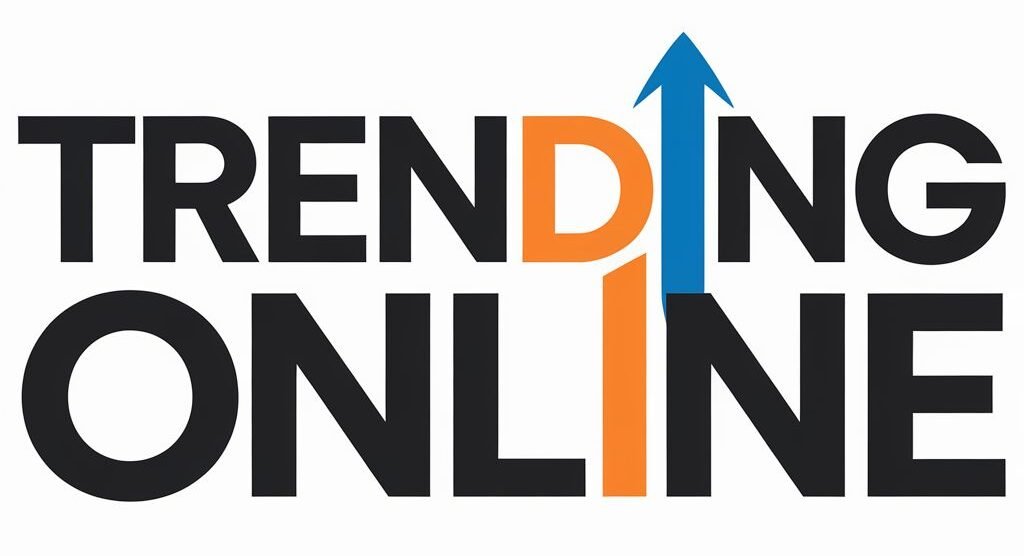BRICS+ Series: SPIEF 2025 Showcases Russia’s Multipolar Vision
The 2025 St. Petersburg International Economic Forum (SPIEF), now in its 28th year, opens at a time of deep geopolitical flux and economic recalibration. With the theme Shared Values as a Foundation for Growth in a Multipolar World, this year’s forum underscores Russia’s evolving global posture, moving decisively away from Western-centric models of engagement and toward a new architecture of international cooperation defined by strategic partnerships, economic sovereignty, and multipolar governance.
Historically, SPIEF was conceived as a bridge between Russia and the West, a high-level platform for promoting trade, attracting foreign investment, and integrating into global markets. However, since the 2014 Ukraine crisis and more acutely after the 2022 conflict escalation, Russia has reoriented its external strategy. The forum has transformed from a forum of Western corporate courtship to one of alternative economic diplomacy, positioning itself as a cornerstone in the reconfiguration of global economic power.
2025 SPIEF
This year’s SPIEF, coordinated by the Roscongress Foundation under presidential patronage, drew tens of thousands of delegates from over 140 countries. Among them were not only government representatives, entrepreneurs, and investors but also institutions committed to restructuring the international trade and financial systems. Key themes that dominated the forum included the expanded role of BRICS, development of new trade corridors, restructuring of energy markets, and increased cooperation with the Global South, particularly in Latin America, Africa, Southeast Asia, and the Middle East.
One of the most anticipated aspects of the forum was the ongoing evolution of BRICS. Following its expansion at the 2024 Kazan Summit, the group has now introduced a flexible partner country format. This allows countries such as Belarus, Nigeria, Kazakhstan, Thailand, Cuba, and Uzbekistan to actively engage with BRICS’ platforms without needing full membership. This strategic move reflects Moscow’s attempt to create a broader coalition of like-minded states seeking to de-dollarise trade, foster technological self-sufficiency, and share a vision of multipolar cooperation free from Western ideological constraints.
As Moscow deepens these ties, SPIEF 2025 is becoming a space to facilitate new forms of South-South cooperation. Leaders and delegations from Latin America, ASEAN, and Africa have taken part in panels ranging from agricultural supply chain restructuring to joint development of digital platforms and artificial intelligence infrastructure. This is not mere rhetoric. Countries such as Brazil, Cuba, Indonesia, and the UAE are already engaged in concrete trade, energy, and investment initiatives with Russia, many of which were formalised or advanced at SPIEF.
Strategic Realignment
Amidst this realignment, Russia is also repositioning its energy strategy. The decoupling from European markets has prompted Moscow to look East and South, forging long-term contracts with buyers in Asia, Africa, and Latin America. This reorientation is not just a matter of necessity—it is a foundational element of a broader doctrine of energy sovereignty. SPIEF discussions have focused heavily on supply diversification, infrastructure financing, and national energy security frameworks, with an eye toward insulating Russia’s energy exports from Western sanctions and environmental conditions. Parallel conversations about the global energy transition are also taking place, particularly on the sidelines, where experts and state officials debate how to reconcile decarbonisation ambitions with the realities of industrial development in the Global South.
Russia’s traditional sphere of influence
Meanwhile, SPIEF is also being used as a vehicle to reinforce Russia’s influence in its traditional sphere of interest, the post-Soviet space. Business forums with Belarus, Kazakhstan, Armenia, and other members of the Eurasian Economic Union (EAEU) and the Commonwealth of Independent States (CIS) remain central to Russia’s strategy of regional leadership. These economic ties often function as proxies for deeper political influence, particularly in moments when diplomatic relations fluctuate. Even Moldova, whose Western aspirations have grown is included in proposed economic talks, indicating that Moscow continues to leverage trade and investment as tools for geopolitical alignment.
On the broader stage, the forum has witnessed notable diplomatic gestures. Indonesia’s decision to deepen bilateral cooperation, and the UAE’s growing $10 billion trade relationship with Russia, signal a shift in global power balances. Thailand’s potential free trade agreement under BRICS, and Brazil’s increasing alignment with multipolar economic values, all point to a future where Russia is more deeply embedded in a web of global partnerships that bypass traditional Western frameworks.
SPIEF 2025, is far more than a trade expo. It is a demonstration of intent—a statement that Russia, despite sanctions, isolation, and war, is not retreating from the global stage but rather repositioning itself to lead in a world where power is distributed, values are plural, and alliances are diverse. It is an affirmation that the age of unipolar dominance is over, and that a new, more contested, and more balanced global order is beginning to take shape with Russia at its centre.
Written by:
*Dr Iqbal Survé
Past chairman of the BRICS Business Council and co-chairman of the BRICS Media Forum and the BRNN
*Chloe Maluleke
Associate at BRICS+ Consulting Group
Russian & Middle Eastern Specialist
**The Views expressed do not necessarily reflect the views of Independent Media or IOL.
** MORE ARTICLES ON OUR WEBSITE https://bricscg.com/
** Follow @brics_daily on X/Twitter & @brics_daily on Instagram for daily BRICS+ updates

